
Bonobo
Bonobo
Bonobo
Do you know a species of ape called bonobos, which looks exactly like chimpanzees? They are known to be pacifist animals that are genetically close to humans, very intelligent, and avoid conflict. Let's take a peek at what characteristics and interesting secrets bonobos have in this article!
Bonobo Basic Infomation
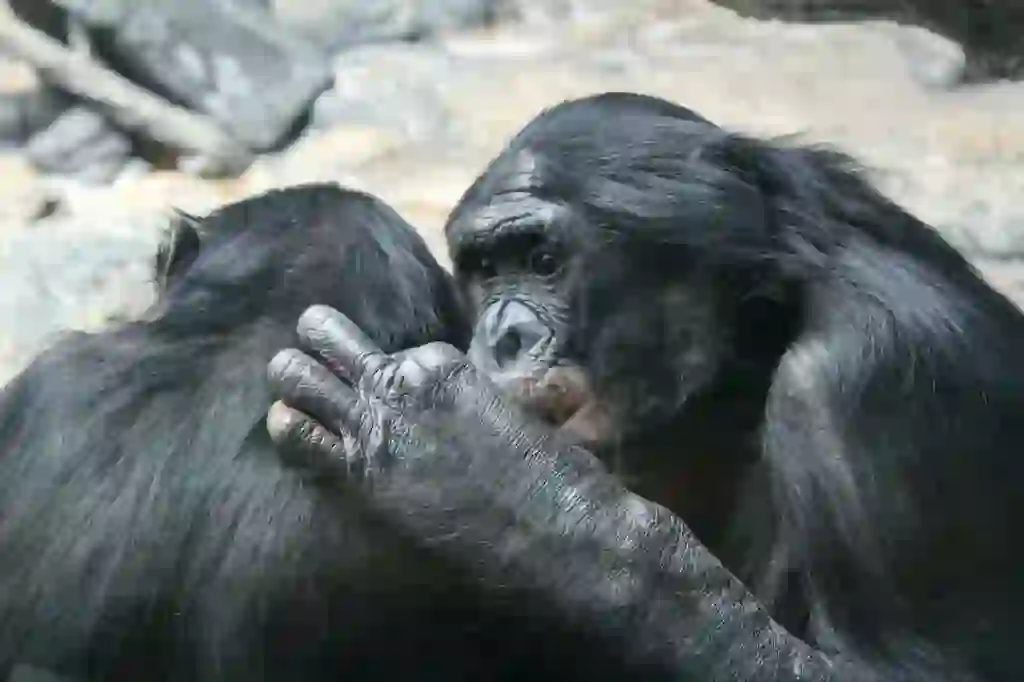
Mammalia-Primates-Hominidae-Chimpanzee genus.
Male length:90~100cm weight:50kg. Female length:90~100cm weight:30~40kg.
Bonobos are primate animals like us humans, and are one of the "apes" that are considered to be highly intelligent animals similar to humans. (Apes include bonobos, chimpanzees, gorillas, orangutans, gibbons, etc.)
Bonobos are good climbers and eat and rest on trees, but they can also stand and walk on two legs for long periods of time. It is said that it looks like a human being.
Bonobos look exactly like chimpanzees, but their bodies are one size smaller than those of chimpanzees. Bonobos and chimpanzees share a common ancestor with humans and are said to be genetically the closest animals to humans.
Bonobo females reach sexual maturity about 12 years after birth and are able to reproduce. Bonobos have a gestation period of about 220~230 days, and usually give birth to one baby per birth.
Usually, females take good care of their babies until they are 4~5 years old, and give birth to 5~6 bonobo babies in their lifetime.
Bonobo Q&A

Where does the name bonobo come from?
The slightly unusual name Bonobo is said to be derived from the name of the village where the bonobo was first captured.
Actually, the name of the village was "Bolobo", but it was accidentally miswritten as "Bonobo", and the wrong name was widely transmitted.
And "Bonobo" became the name of this animal. It seems that there is an interesting story.
Although it is such a bonobo, it was initially thought to be a subspecies of chimpanzee.
The reason for this is that it looks very similar to chimpanzees, that chimpanzees were discovered earlier than bonobos (more than 300 years ago), and that they lived only in the rainforests of the Congo Basin in central Africa, which are inaccessible to humans, so the details of this animal were not known for a long time.
Only in 1928 it was found that the animals living in the Congo Basin had different characteristics from chimpanzees, and it was not until 1929 that they were recognized as a new species of animal, the bonobos.
Previously, they were also called pygmy chimpanzees, but now it is common to be called bonobos.
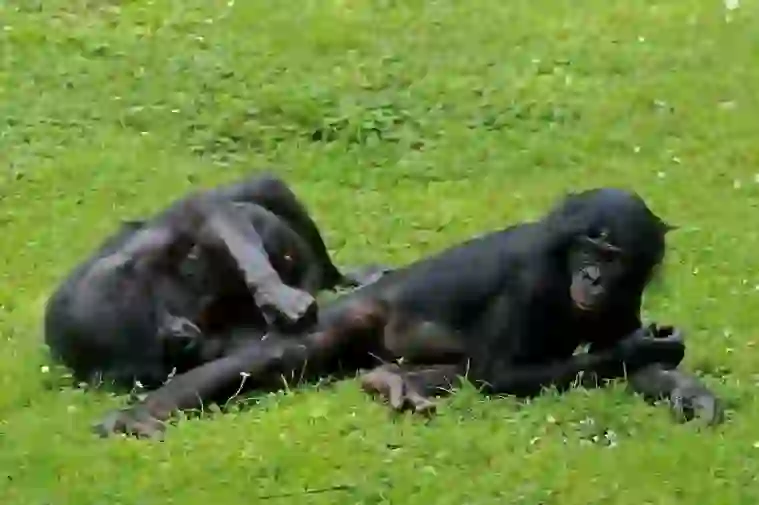
Why do bonobos live there?
Bonobos live only in the rainforests of the Congo Basin, near the equator in central Africa.
In the Congo Basin, there is a river called the Congo River, which is so large that ordinary animals cannot cross it, and chimpanzees and gorillas live outside the Congo River.
It is estimated that there was a time when the water level of the Congo River was low about one million years to 1.8 million years ago, but for some reason, it is thought that the ancestors of bonobos crossed the Congo River at that time and reached the Congo Basin, where they now live.
And the ancestors of bonobos, protected by the Congo River, did not mix with other apes, but evolved independently to become what they are today.
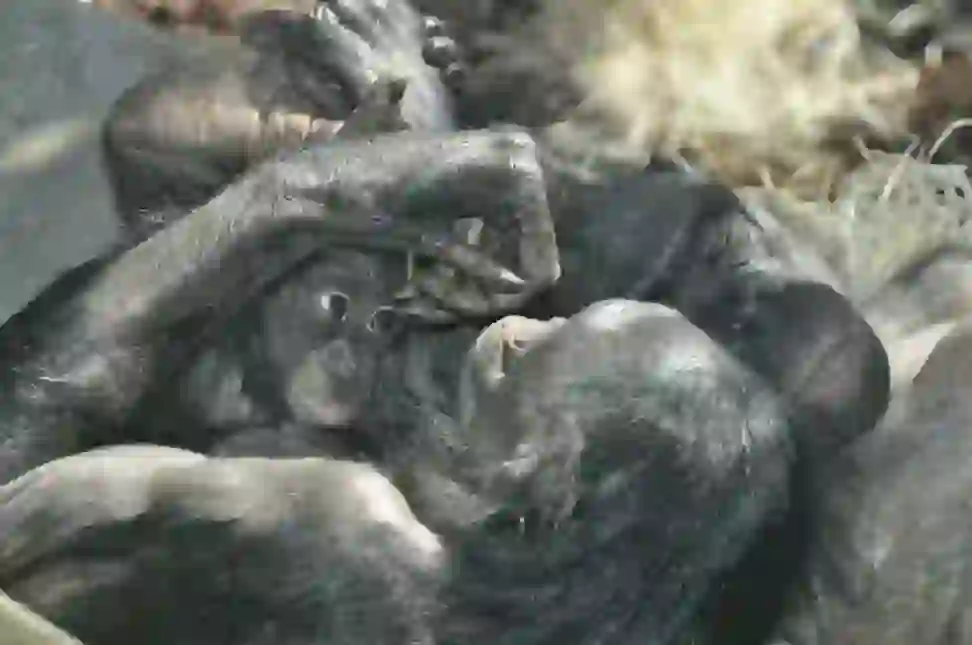
What do bonobos eat?
Bonobos are omnivorous animals that feed on fruit and plant seeds, leaves, flowers and insects. Sometimes they catch and eat small mammals, but they rarely actively hunt.
The rainforest where bonobos live is very rich, and they are said to have a lot of fruit to eat.Perhaps because of this, bonobos are known to have an interesting habit of "sharing food".
When wild bonobos find a fruit as big as a rugby ball, called "bolingo" in the local language, they share it equally with members of their own flock as well as other members of their flock.
By the way, if the side that receives the bolingos brings the larger fruit, the mood may be a little disturbing, but it seems that it rarely causes conflict.
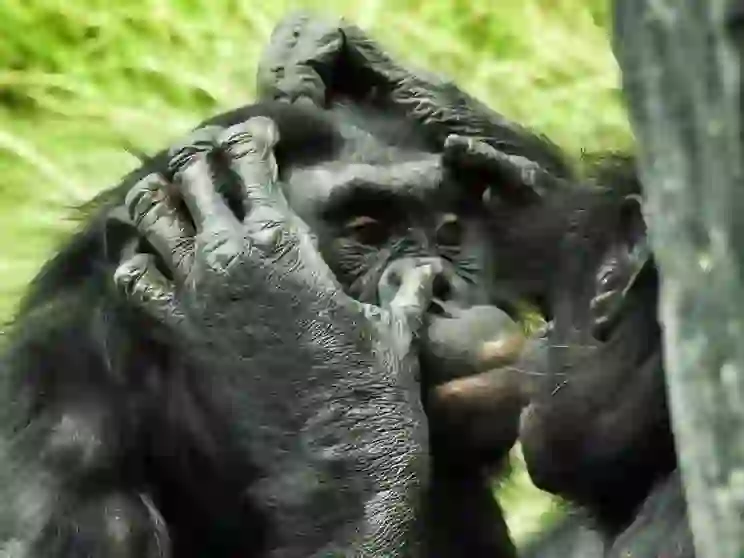
What is the difference between a bonobo and a chimpanzee?
Bonobos and chimpanzees are animals with the same ancestry and look very similar, but are known to have various differences.
First of all, bonobos are pacifist animals that avoid conflict, and basically females have a higher social status, and even if the highest ranking male invites them to mate, the female may not deal with them.
In addition, since childhood, the face color is black, and it is said that bonobos do not use tools in the wild and are not afraid of water.
Chimpanzees, on the other hand, are aggressive animals that do not avoid conflict, and males have a higher social status, and females must respond when pressed to mate with the highest ranking male.
In addition, when they are children, their faces are light orange, they use tools even in the wild, and they dislike water and their bodies are said to be characterized by their dislike of being immersed in water.
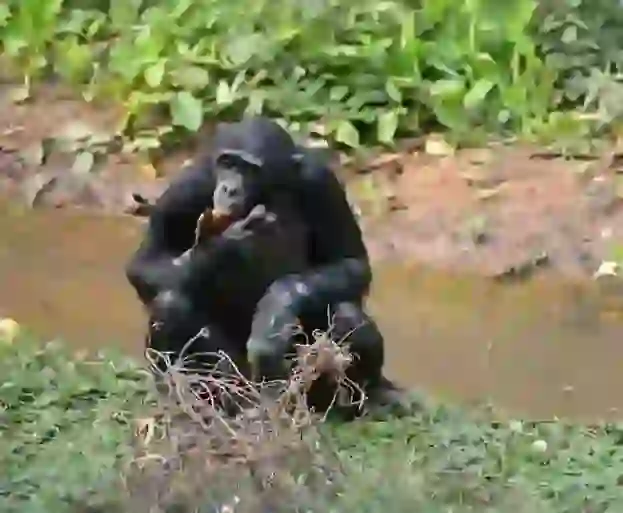
What is the personality of a bonobo? I heard it's a pacifist animal, but is that true?
As I mentioned in "What is the difference between a bonobo and a chimpanzee?", bonobos are pacifist animals with a very calm personality and avoid conflict.
Contrary to their cute and clever image, chimpanzees actually have an aggressive and ferocious side.In the wild, males may fight with each other in a fight for females, but sometimes it can develop into killing, and males kill their children and cannibalize each other.
However, in the case of bonobos, this kind of conflict rarely occurs.
Bonobos communicate with their peers in a variety of ways to avoid conflicts between them.
Bonobos have an interesting habit of communicating their feelings to their peers with various sounds and using other sexual behaviors for communication.
One of the most famous is the behavior of rubbing the genitals between females, called "hokahoka" in Japanese.
Even among males, it is common to see the behavior of hitting each other with the buttocks and genitals called "chanbara" in Japanese, and the behavior of children imitating mating with adults (adults also to children).
For bonobos, these actions are just one way of greeting and communicating, and seem to have a meaning similar to hugging in humans.
It is believed that none of the actions contain the meaning of sexual arousal, but rather to relax each other's feelings and resolve conflicts and tensions peacefully.
By the way, bonobos do not show hostility towards outsiders, but rather tend to show interest and interact with them.On the other hand, chimpanzees show hostility when they see outsiders, and sometimes kill each other in territorial battles.
If you look at it this way, you can see that bonobos and chimpanzees are genetically very close and have completely different personalities, even though they look exactly alike.
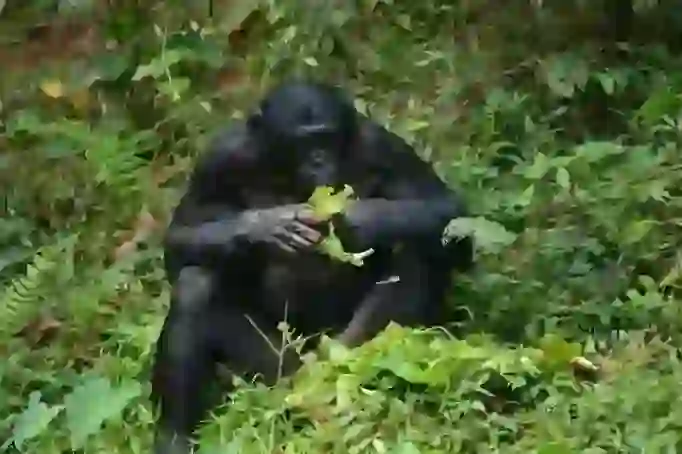
How intelligent are bonobos?
Like other apes, bonobos are said to be extremely intelligent animals.
In particular, a male bonobo named "Kanji" and his sister "Pambanisha", who live at the Georgia State University Language Research Center in the United States, are famous for their ability to understand human language.
Kanji remembers more than 300 graphic characters and can accurately hear and understand the language spoken by people (English). Kanji and Pambanisha also use keyboards with graphic characters to convey their intentions and wants to humans.
Pambanisha is very dexterous with her hands and uses scissors to groom Kanji and her own children, and uses a mouse to play her favorite computer games.
Kanji and Pambanisha are not bonobos born in the wild, but bonobos born in the United States and raised by humans from a young age. Therefore, we don't know if all bonobos living in the wild can do the same thing as these two.
However, using different communication methods to avoid conflict, bonobos are considered to be extremely intelligent.

Can bonobos be kept as pets?
When breeding rare animals at home, it is necessary to follow the established laws in some countries. This time, we will introduce whether bonobos can be bred at home in Japan.
All chimpanzee genus animals, including bonobos, are designated as "specified animals" under Japan laws that may endanger human life or property.
Since June 1, 2020, the keeping of certain animals for pet purposes has been completely prohibited, so bonobos cannot be kept as pets in Japan country.
In addition, bonobos are classified as "Annex I" under the Washington Convention as all species of the genus Chimpanzee.
Since animals classified in Annex I are globally protected, they cannot be traded between countries unless they have a special purpose, such as research.
Since bonobos are severely restricted from importing wild individuals from Africa, it is difficult for even zoos to import bonobos.
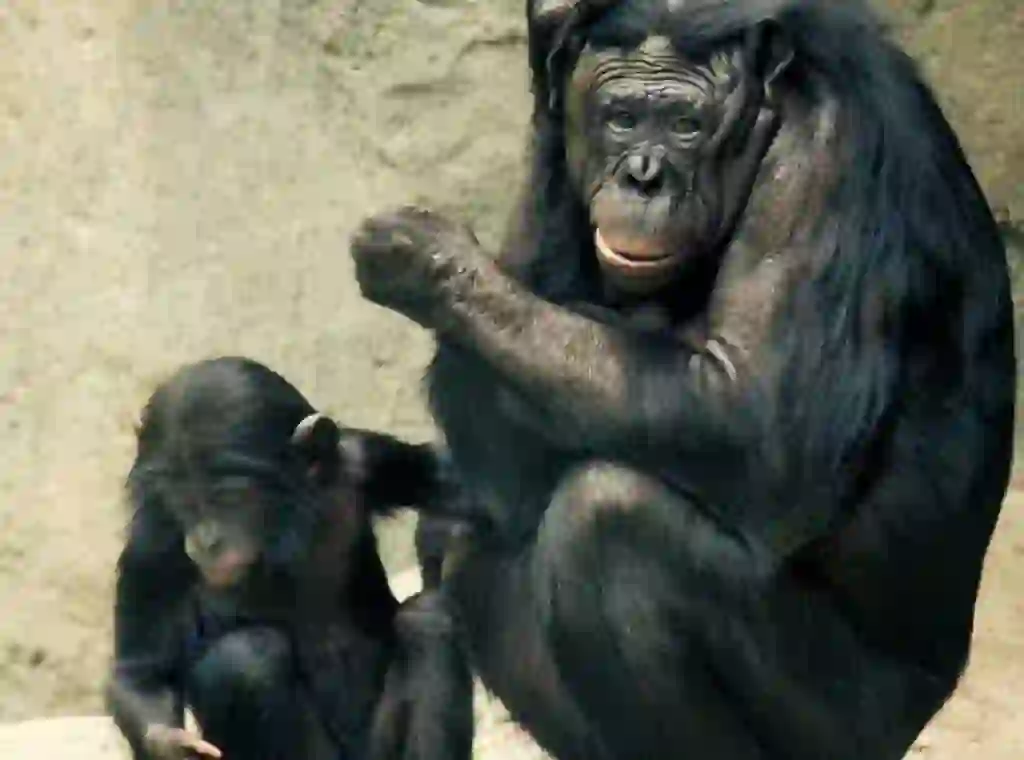
Is there a place to see bonobos in Japan?
As of 2021, there are no zoos in Japan that breed and exhibit bonobos.
Six bonobos live at the Kumamoto Sanctuary of the Wildlife Research Center of Kyoto University in Kumamoto Prefecture, but since it is a research facility, it is not a place where you can easily go to play like a zoo.
However, in fact, it seems that tours to see the inside of the Kumamoto Sanctuary are held irregularly. If you are interested, why don't you check out the details?
By the way, bonobos are very delicate and stressful, and they tend to lose their hair when placed in captivity.
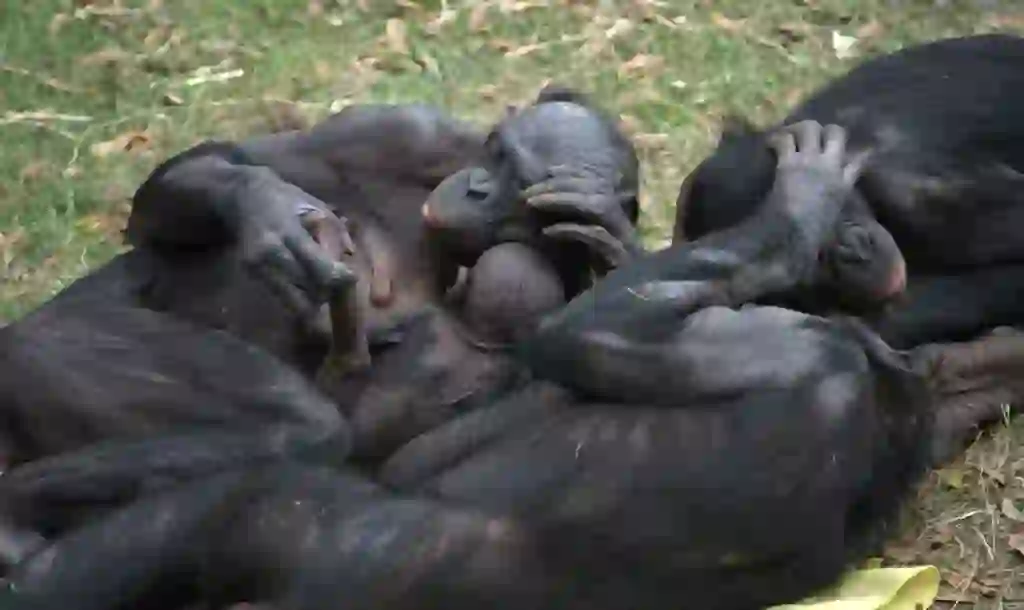
How long does a bonobo live?
In fact, the lifespan of bonobos is still not clearly understood. It is said that the lifespan of chimpanzees, which are very close animals, is about 40~60 years, so the lifespan of bonobos may be about the same.
Since it has only been about 100 years since it was revealed that bonobos are a new species of animal, there is little information about them in captivity, let alone in the wild.
I hope that research will progress in the future and that various information such as longevity will be clarified.
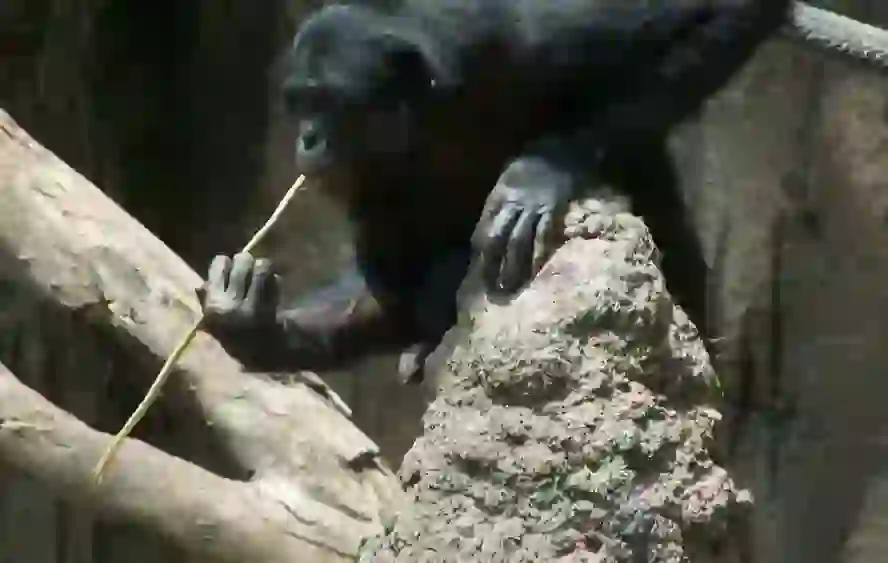
What enemies do bonobos have?
Wild bonobos have almost no natural enemies, but leopards and pythons may prey on bonobos.
However, for bonobos, the greatest natural enemy is us humans.
In the 1980s, there were 100,000 bonobos in the rainforests of Congo, but today it is believed that there are only about 20,000.
The reasons for the sharp decline in bonobos are the long civil war in the Democratic Republic of the Congo, poaching for bushmeat (meat taken by catching wild animals) and pets, and the destruction of the environment due to development.
In Congo, a large national park called "Salonga National Park", which is registered as a World Heritage Site, has been established to protect precious wild animals, especially bonobos.
However, there are concerns that the environment around the national park will deteriorate due to population growth.

Would you like to become a part of the 'Animalbook.jp'?
Turn your knowledge into Q&A and share it with the world. ※Publication will be activated after purchase. Let's share information together!
Bonobo Type of List
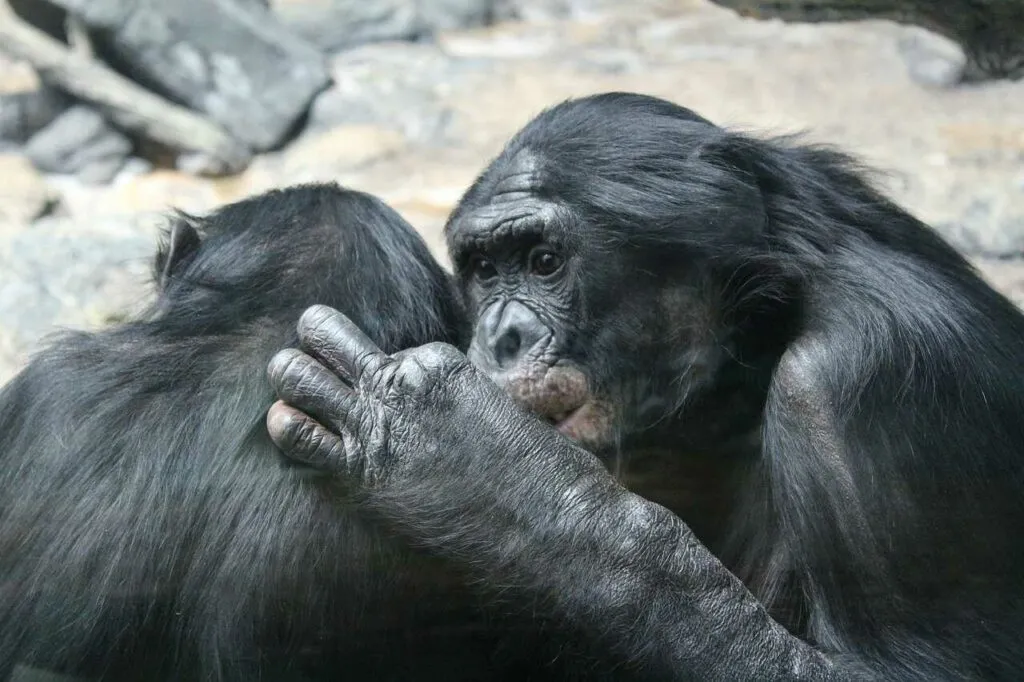
- Bonobo
Information
Congratulations! You are the first commenter!

Create Your Favorite List!
Bonobo
Save the animals you love! Build your own list to quickly revisit your favorites later.

Would you like to leave a comment?
※Please note: This is for the purchase of rights to post comments within the article.
Find Your Favorites!
Our shop offers a unique and attractive selection of goods themed around various animals.
Bonobo References

- 古市剛史(2013年)『あなたはボノボ、それともチンパンジー?』朝日選書
- ミツカン 水の文化センター「ヒトが「ボノボ」から学ぶこと~コンゴ川を渡った平和主義者たち~」 http://www.mizu.gr.jp/images/main/fudoki/people/058_furuich/058-furuichi.pdf
- WWF「Bonobo」 https://wwf.panda.org/discover/knowledge_hub/endangered_species/great_apes/bonobo/?
- 参議院「地図にない動物研究施設を訪れて ― 京都大学野生動物研究センター熊本サンクチュアリ訪問記 ―」 https://www.sangiin.go.jp/japanese/annai/chousa/rippou_chousa/backnumber/2016pdf/20160601041.pdf
- 京都大学霊長類研究所 チンパンジー・アイ「ボノボのカンジとパンバニーシャが描いた絵」 https://langint.pri.kyoto-u.ac.jp/ai/ja/album/bonobo-kanzi-panbanisha-drawing.html
- 京都大学霊長類研究所 チンパンジー・アイ「果実を分け合うボノボ」 https://langint.pri.kyoto-u.ac.jp/ai/ja/k/127.html
- AFP BB News「ボノボを絶滅から救え、コンゴに新たな保護区」 https://www.afpbb.com/articles/-/2607598
Bonobo Introduction of media used

出典:https://pixabay.com/images/id-4917396/

出典:https://pixabay.com/images/id-2481796/

出典:https://pixabay.com/images/id-392579/

出典:https://pixabay.com/images/id-2368873/

出典:https://pixabay.com/images/id-2139518/

出典:https://pixabay.com/images/id-2139563/

出典:https://pixabay.com/images/id-2139562/
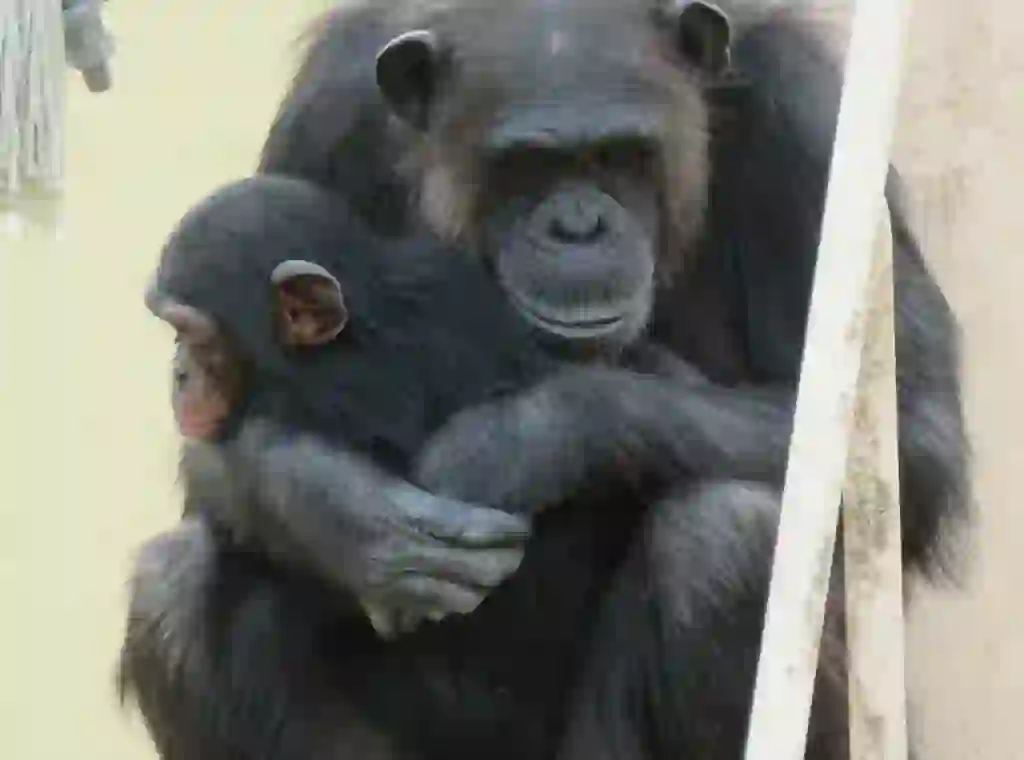
similar
出典:https://commons.wikimedia.org/wiki/File:Chimpanzee_holding_a_child_in_Higashiyama_Zoo.jpg

出典:https://commons.wikimedia.org/wiki/File:Bonobo_group_hug.jpg
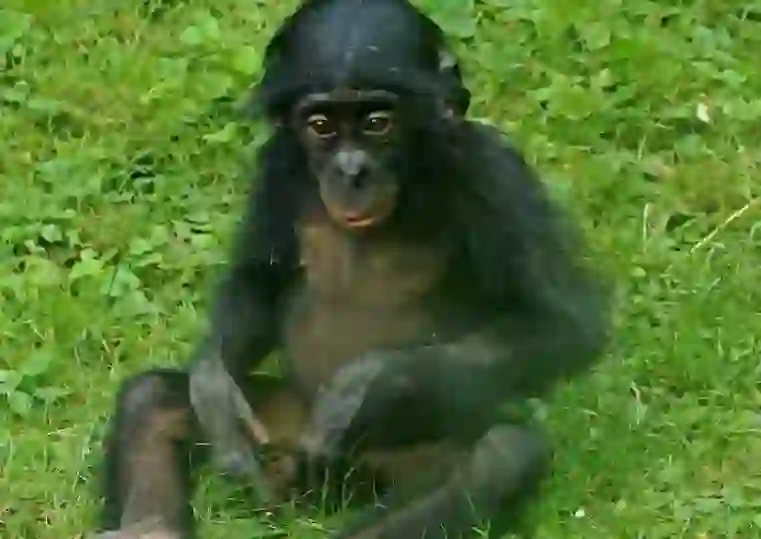
出典:https://pixabay.com/images/id-2481776/
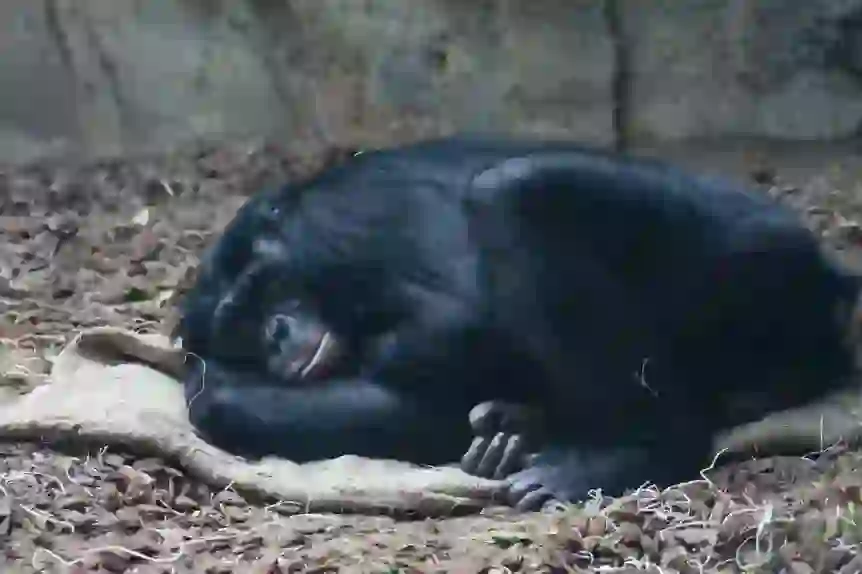
出典:https://pixabay.com/images/id-3487573/
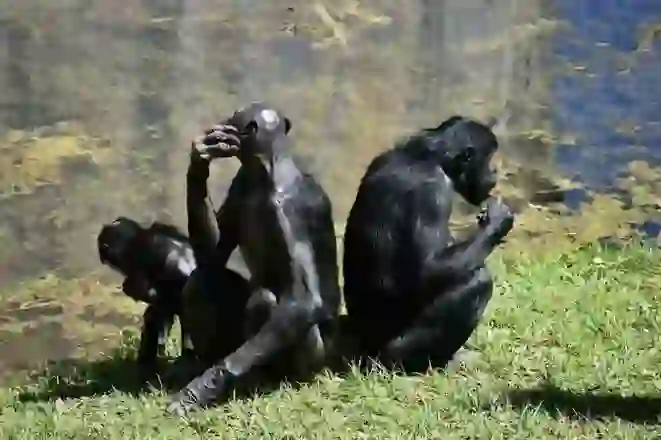
出典:https://pixabay.com/images/id-2857764/
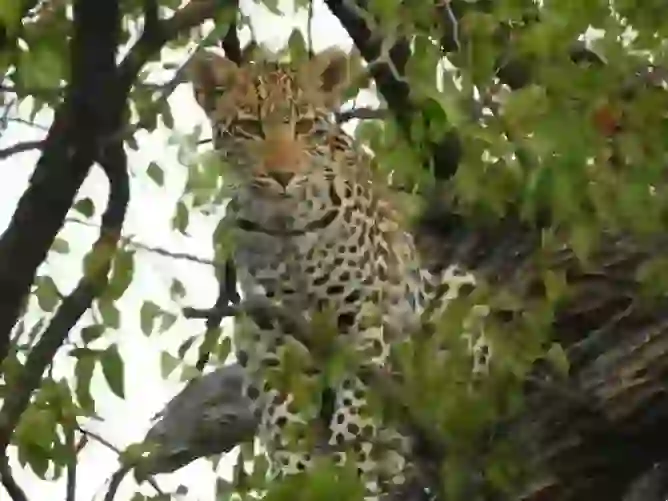
enemy
出典:https://pixabay.com/images/id-5093553/
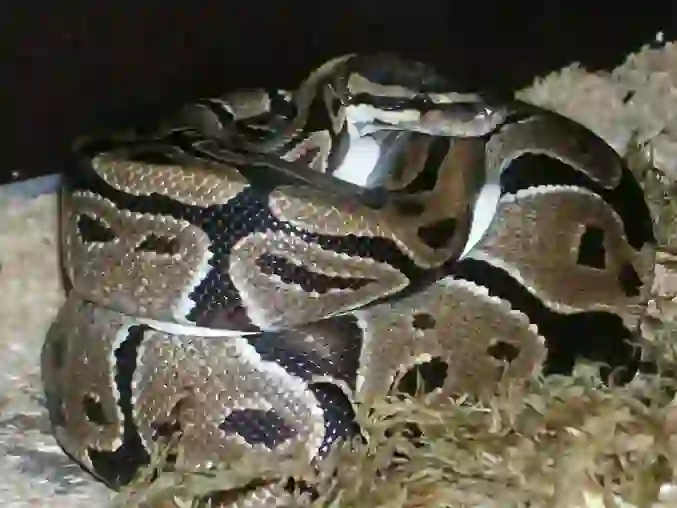
enemy
出典:https://pixabay.com/images/id-401597/
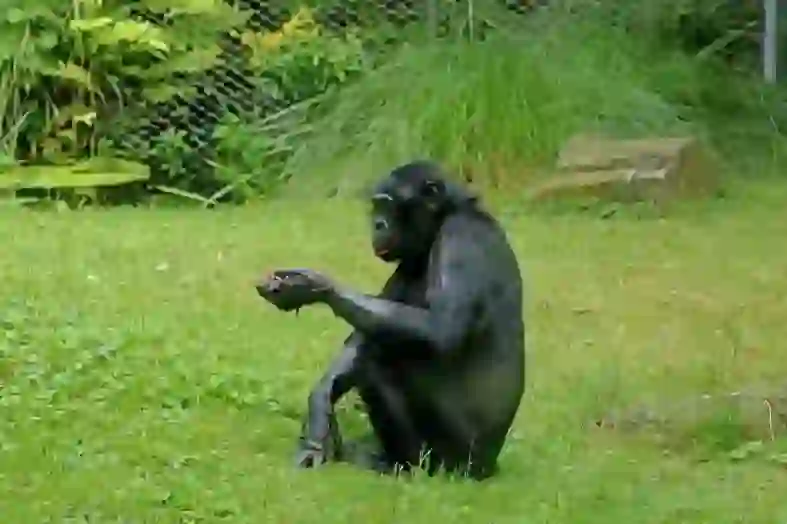
出典:https://pixabay.com/images/id-2481780/

Help Enrich Our Animalbook.jp with Your Media!
We are constantly looking to expand and enrich our Animalbook.jp with amazing photos and videos of animals. If you have any media that you'd like to share, please contribute and help us showcase the beauty and diversity of the animal kingdom. Your submissions will be credited and featured in our encyclopedia, reaching a wide audience of animal lovers.


















